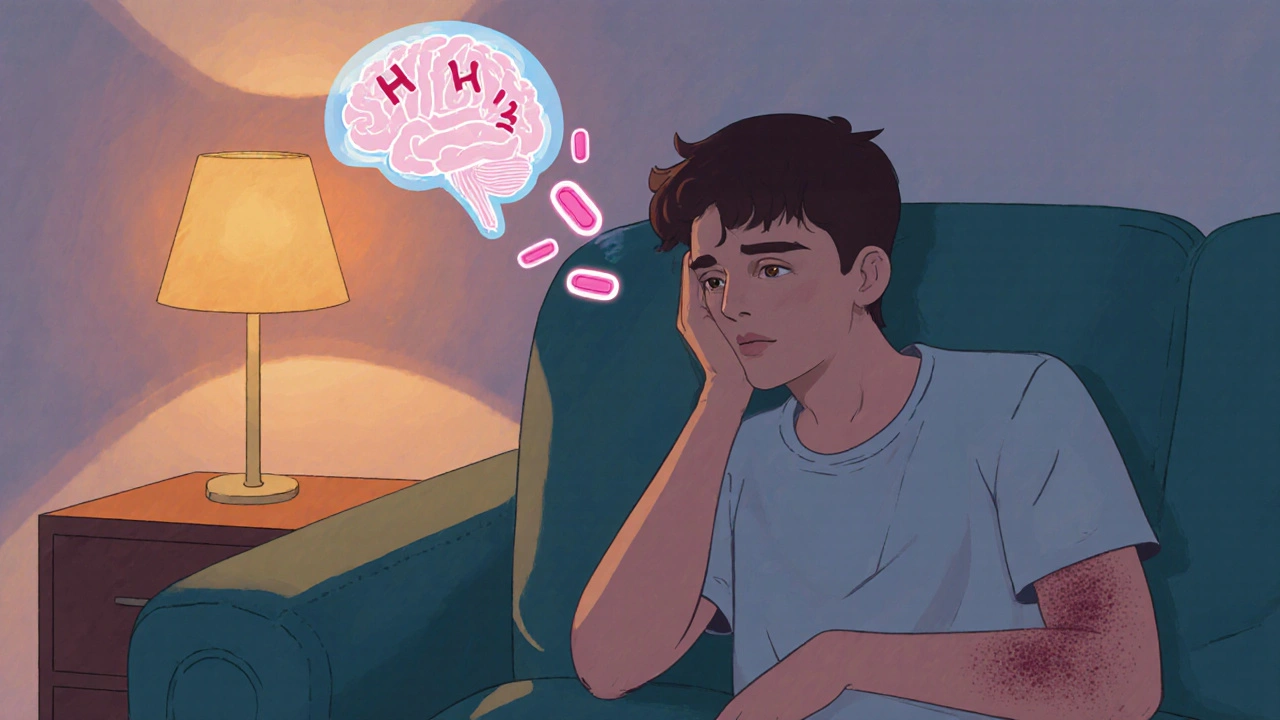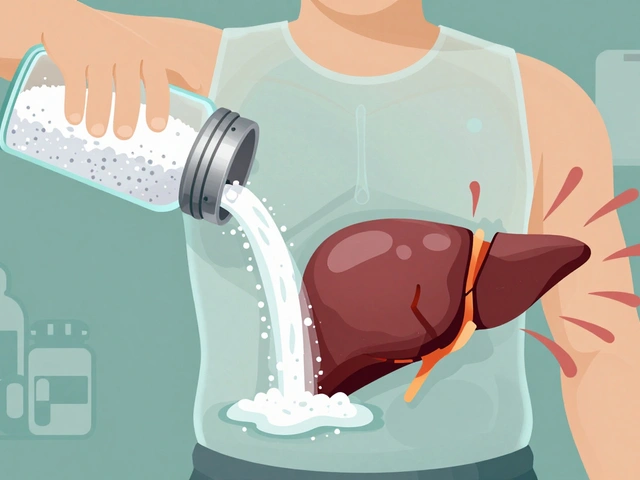Hydroxyzine: Uses, Side Effects, and What You Need to Know
When you hear Hydroxyzine, a first-generation antihistamine used for anxiety, itching, and as a mild sedative. Also known as Atarax or Vistaril, it’s one of those older drugs that still shows up in prescriptions because it works — simply and reliably. Unlike newer antihistamines that claim to be non-drowsy, Hydroxyzine doesn’t try to hide its sedative side. That’s not a flaw — it’s why doctors reach for it when anxiety keeps you up at night or when hives won’t quit.
Hydroxyzine is a type of antihistamine, but it doesn’t just block histamine like Claritin or Zyrtec. It also affects serotonin and other brain chemicals, which is why it helps with nervousness and tension. It’s not an SSRI, but for some people, it’s a gentler starting point than antidepressants. If you’ve been prescribed Hydroxyzine for anxiety, you’re not alone — it’s commonly used for short-term relief, especially before medical procedures or during acute stress. It’s also a go-to for allergic skin reactions like hives or eczema flare-ups, because it cuts itching fast.
Side effects? Drowsiness is the big one — so don’t drive after taking it. Dry mouth, dizziness, and blurred vision are common too. Most people tolerate it fine, but if you’re older or have liver problems, your doctor might lower the dose. It’s not addictive like benzodiazepines, but it’s not harmless either. Mixing it with alcohol or other sedatives? That’s asking for trouble. And while it’s not approved for long-term daily use, many people use it intermittently for years without issues.
What you won’t find in most drug guides is how often Hydroxyzine shows up in combination with other meds. It’s sometimes paired with pain relievers, sleep aids, or even antipsychotics to calm agitation. You’ll see it in the same conversations as benzodiazepines, a class of drugs used for anxiety and seizures, but Hydroxyzine is less risky for dependence. It’s also compared to diphenhydramine, the active ingredient in Benadryl — both are sedating antihistamines, but Hydroxyzine lasts longer and is often better tolerated.
There’s no magic here. Hydroxyzine isn’t a cure. It’s a tool — useful for calming nerves, stopping itch, or helping you sleep through a rough patch. But it’s not for everyone. If you’ve tried it and felt too groggy, or if your anxiety didn’t budge, that’s normal. It’s not a one-size-fits-all fix. The posts below cover real experiences with Hydroxyzine, how it stacks up against other options, what doctors really think about it, and how to use it safely without overdoing it. You’ll find comparisons, side effect breakdowns, and practical tips from people who’ve been there. No fluff. Just what you need to know before you take the next pill.

Atarax (Hydroxyzine) vs Alternatives: Detailed Comparison Guide
A comprehensive side‑by‑side comparison of Atarax (hydroxyzine) with common antihistamines, anxiolytics, and sleep aids, covering uses, dosing, onset, side effects, and safety tips.
read more




